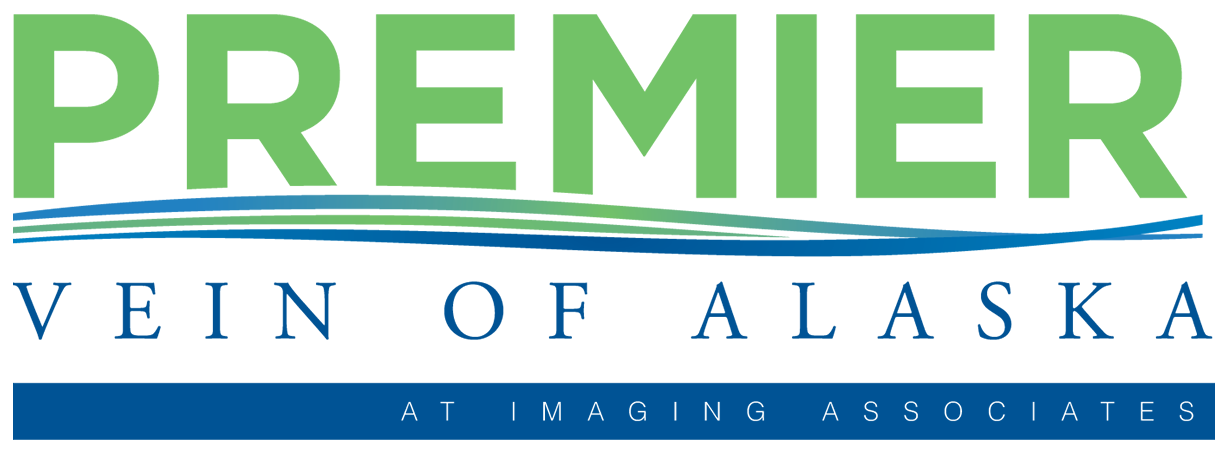
As of January 21, 2025, Premier Vein of Alaska is no longer offering services.
We are recommending existing and new patients reach out to Alyeska
Vascular Surgery if in need of vascular and/or endovascular services.
Alyeska Vascular Surgery offers services in both Anchorage and
the Mat Su Valley, you can reach them at:
As of January 21, 2025, Premier Vein of Alaska is no longer offering services. We are recommending existing and new patients reach out to Alyeska Vascular Surgery if in need of vascular and/or endovascular services.
Alyeska Vascular Surgery offers services in both Anchorage and the Mat Su Valley, you can reach them at:
(907)563-0251
avs-ak.com